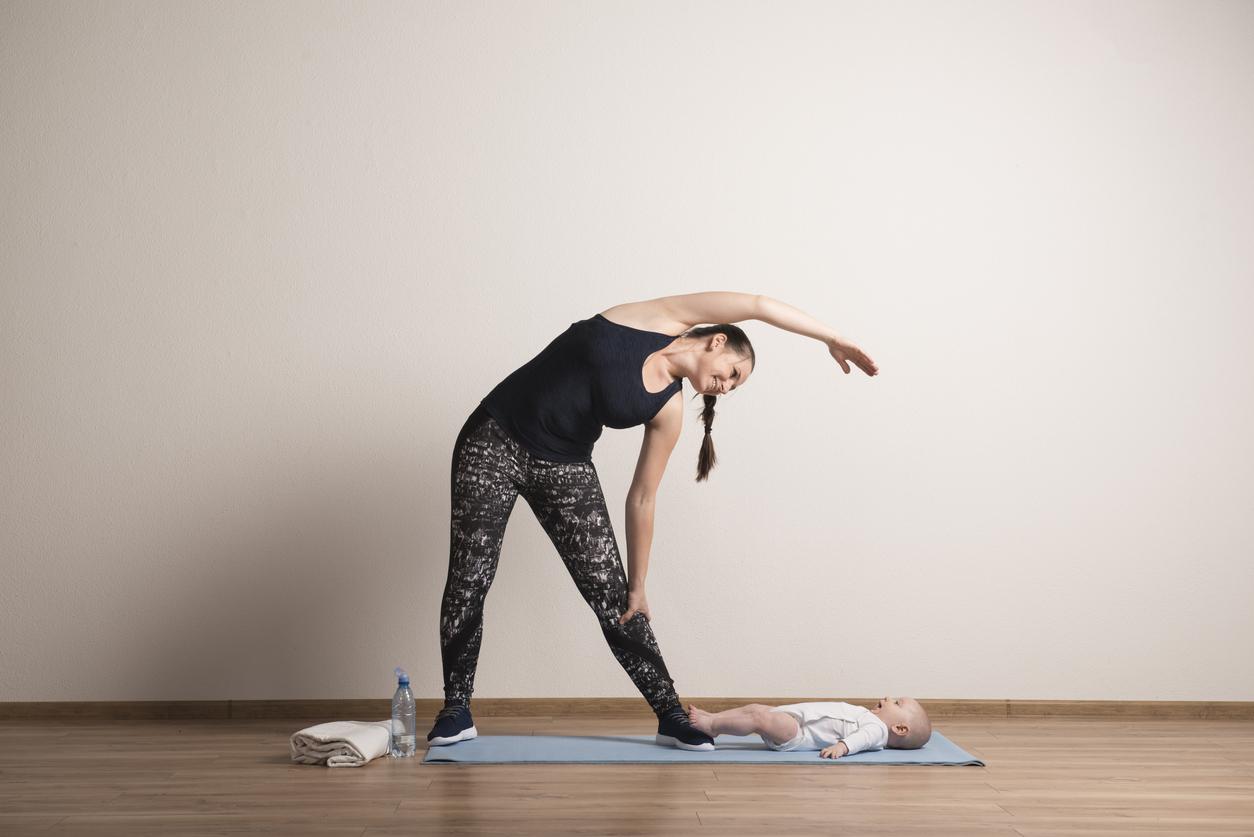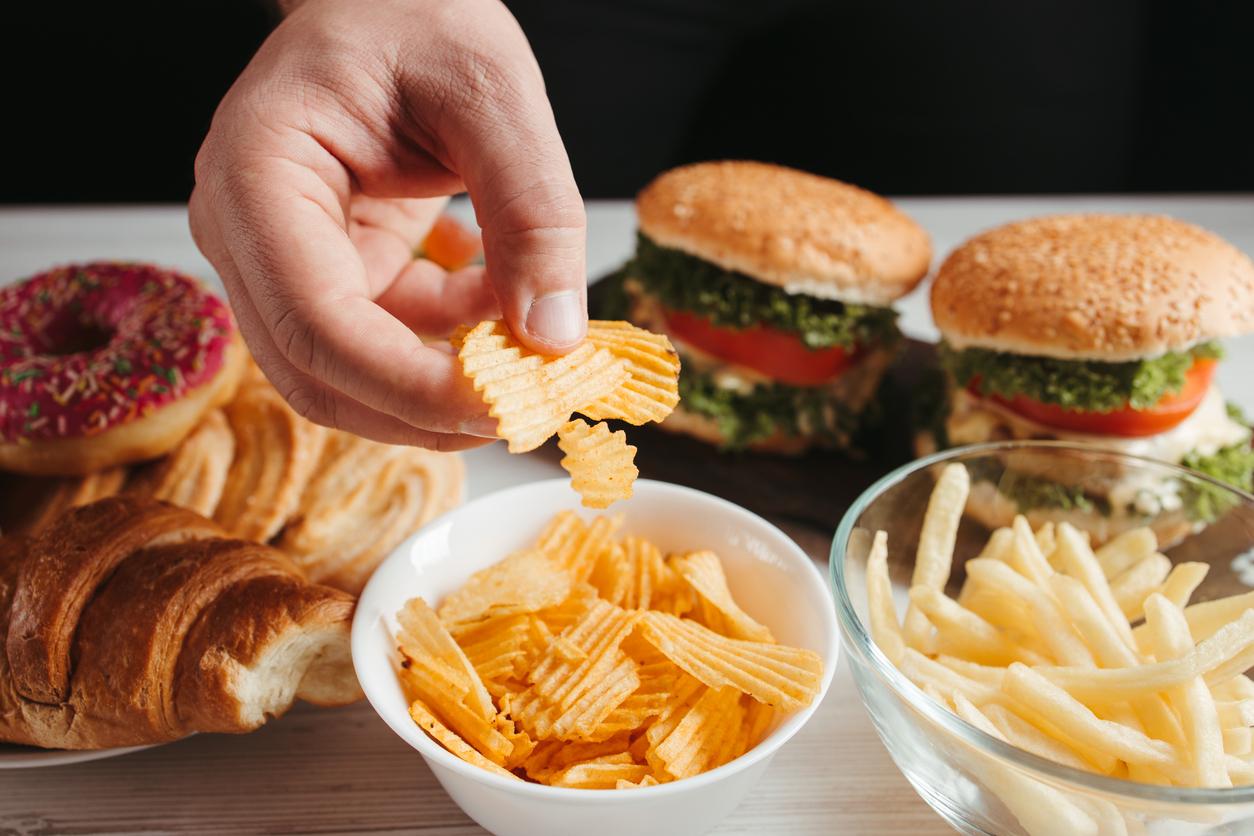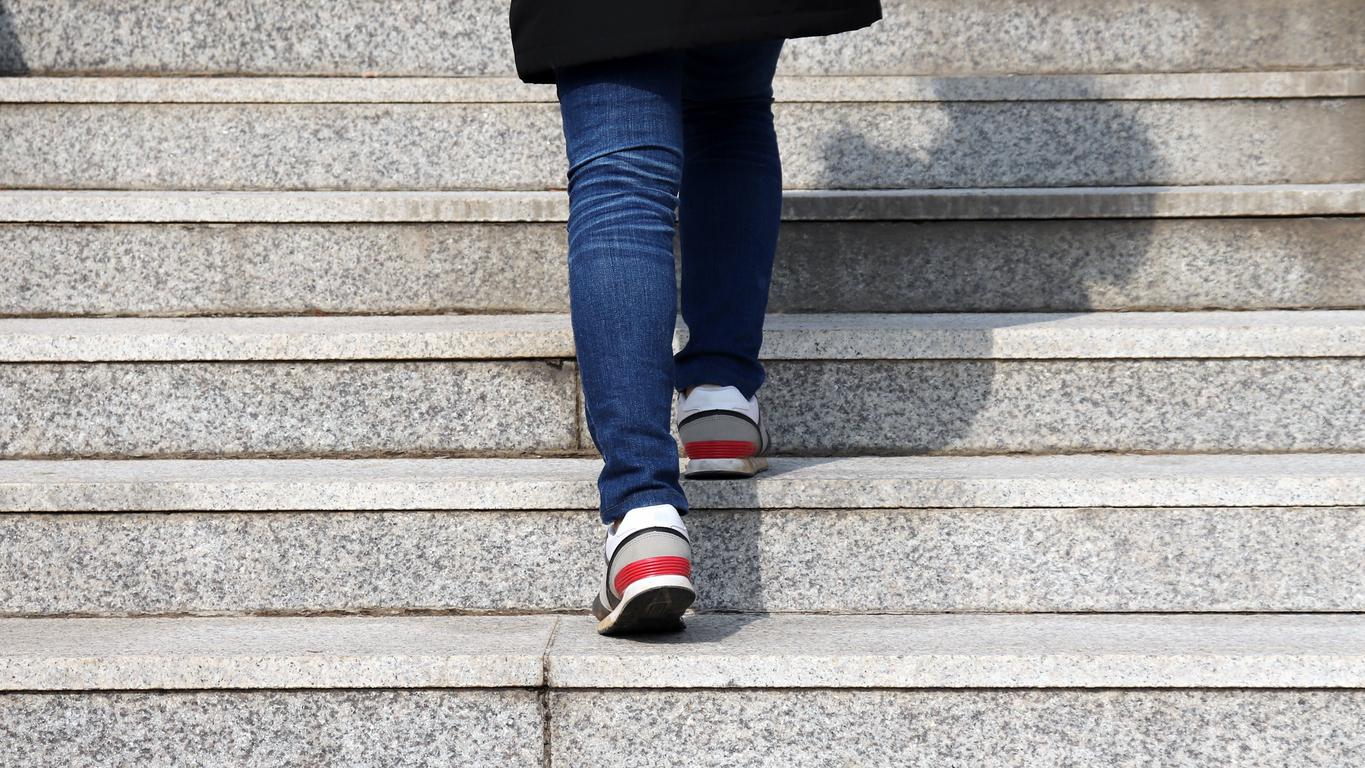Exercising regularly would eliminate a type of fat that accumulates in tissues over the years, and thus fight against aging, according to a new Dutch study.

- By doing an experiment with mice, scientists discovered that a type of fat accumulates as tissues age. It is a lipid called bis(monoacylglycero)phosphate.
- This lipid has also been observed in humans.
- People who exercised an hour a day saw their levels decrease. Which suggests that physical activity helps fight aging.
Stopping aging seems to many to be an impossible mission. But if we are to believe the results of the work of researchers from Amsterdam UMC and Maastricht UMC+, it would be enough to put on sports shoes regularly to rejuvenate.
In their article published in the journal Nature Aging on April 12, 2024, they reveal that they have discovered that a specific type of fat accumulates as tissues age and that this accumulation can be reversed through physical activity.
Aging: lipid accumulates in tissues
To better understand the mechanisms of aging, researchers in the Netherlands have studied the composition of fats in mice over the years. They looked at ten different tissues, including muscle, kidney, liver and heart. Analyzes revealed that levels of a lipid, called bis(monoacylglycero)phosphate (or BMP), were elevated in all tissues of the aged animals. Which suggests that this type of fat accumulates during aging.
The scientists then investigated whether this also occurs in humans. “Although it was not possible to obtain as many different tissues, the accumulation of bis(monoacylglycero)phosphates was also visible in the muscle biopsies of the elderly.”specifies the authors in their communicated.
After this observation, they carried out muscle biopsies on people before and after they followed a program leading them to do one hour of exercise per day. They found a decrease in BMP level in active participants.
Better understand aging to slow it down
“The idea that we could reverse aging is something that has long been considered science fiction, but these results allow us to understand much more about the aging process”explains Riekelt Houtkooper from UMC Amsterdam.
“Everyone says ‘it’s just part of aging,’ but that’s not necessarily the case. By better understanding the aging process, we can also look for new ways to intervene.”adds Georges Janssens, first author of the article and assistant professor at UMC Amsterdam.
Researchers at the two Dutch university hospitals plan to conduct follow-up studies to better understand how the discovered lipid contributes to aging. They also want to know what are the consequences of its accumulation in the tissues, or what types of exercises allow its elimination and if other elements influence its rate.

















